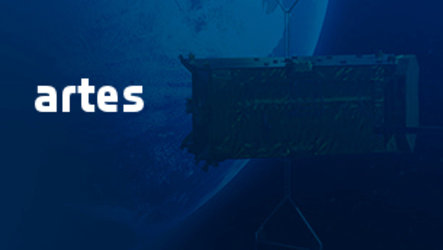Opening doors to space
The same device that opens doors on buses and planes could be used to meet peak energy demands on satellites.
Most satellites use small rechargeable batteries that can store large amounts of energy. Supercapacitors do not hold as much, but they have a special ability to deliver very high bursts for a few seconds. They’re durable, too, and can easily last the 15 years of a satellite’s life.
On municipal buses, they are charged during braking and supply electricity to open and close the doors when the vehicle stops, and help to get it moving again.
On the new Airbus A380, supercapacitors help to operate the aircraft’s heavy doors. In an emergency, they can even do it independently of the aircraft’s central power system.
ESA recently joined forces with the Eggo company and Brno University of Technology in the Czech Republic, and Airbus Defense and Space in France to look at if these supercapacitors could be useful on telecom satellites.

While a typical space battery can deliver around 200 W/kg, banks of supercapacitors can deliver up to 50 times more power for short durations.
The studies carried out under ESA’s ARTES programme found that this could keep a satellite’s power supply from fluctuating as instruments draw energy.
If the electricity supply to instruments falls too low this could cause them to switch off or work below par.
Other applications include the pyrotechnic separation mechanisms on rockets, high-power radar for Earth observation, and electric propulsion for repositioning and decommissioning satellites.
On top of this, smaller and lighter batteries could be used in combination with supercapacitors.
“Our work on supercapacitors reflects ESA's commitment to ensuring that the European and Canadian space industries remain at the very forefront of developments in electric energy storage systems for telecommunications,” notes ESA’s Energy Storage Engineer, Brandon Buergler.





